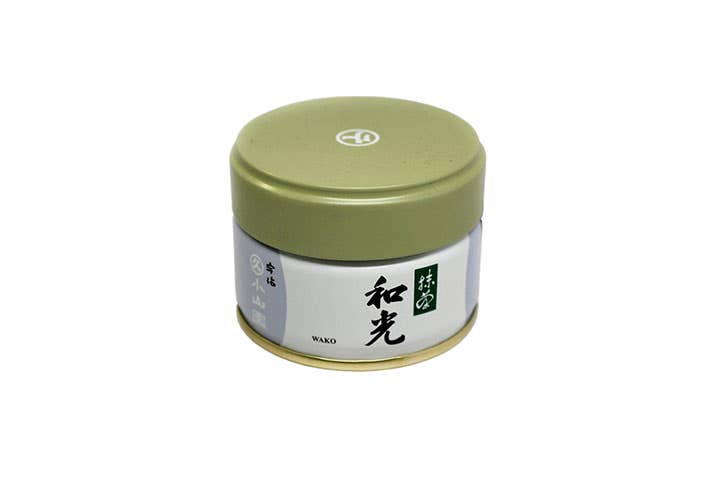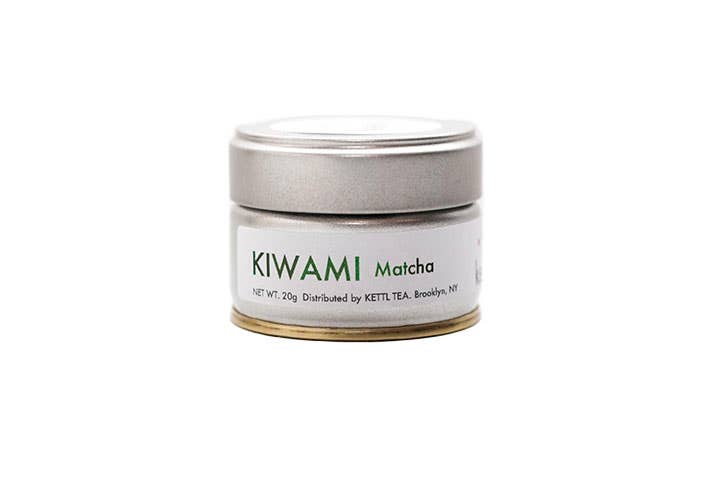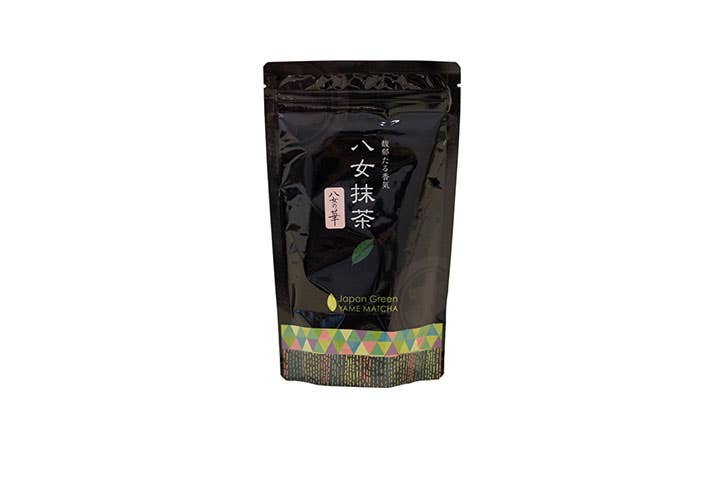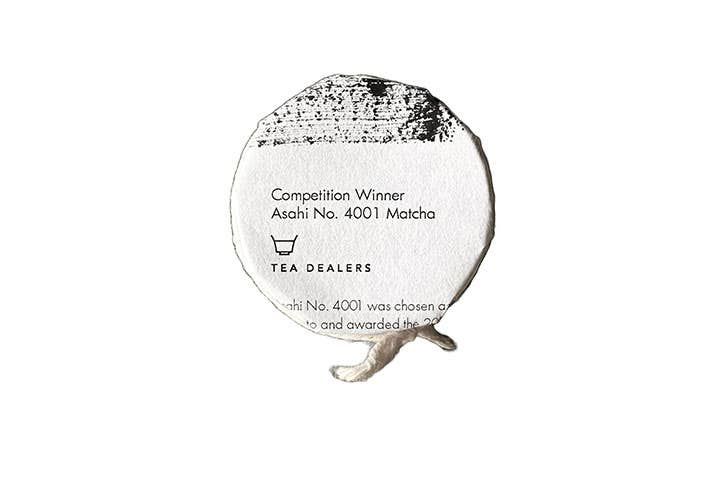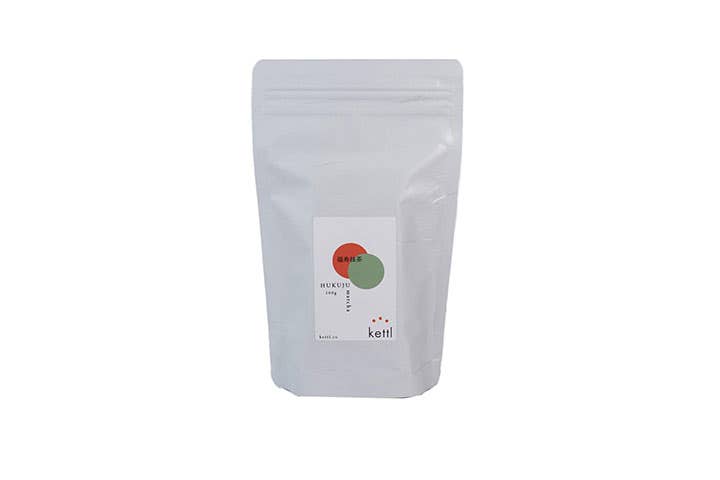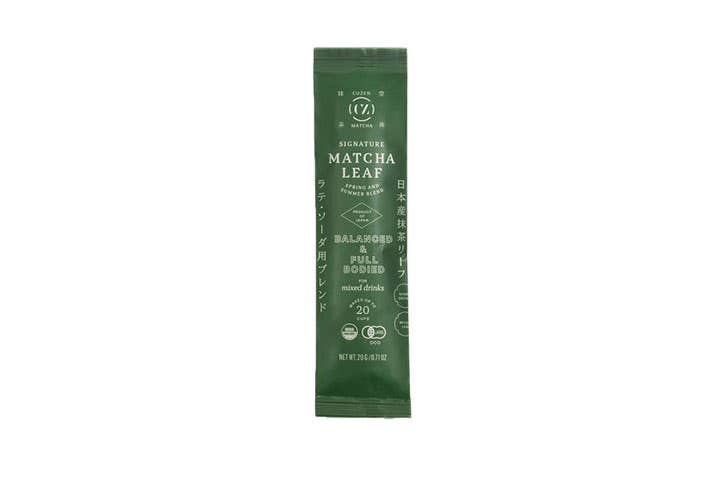The Best Matcha Powders From Tea Experts and Fanatics
For beginners, bakers, seasoned matcha drinkers, and latte lovers alike.
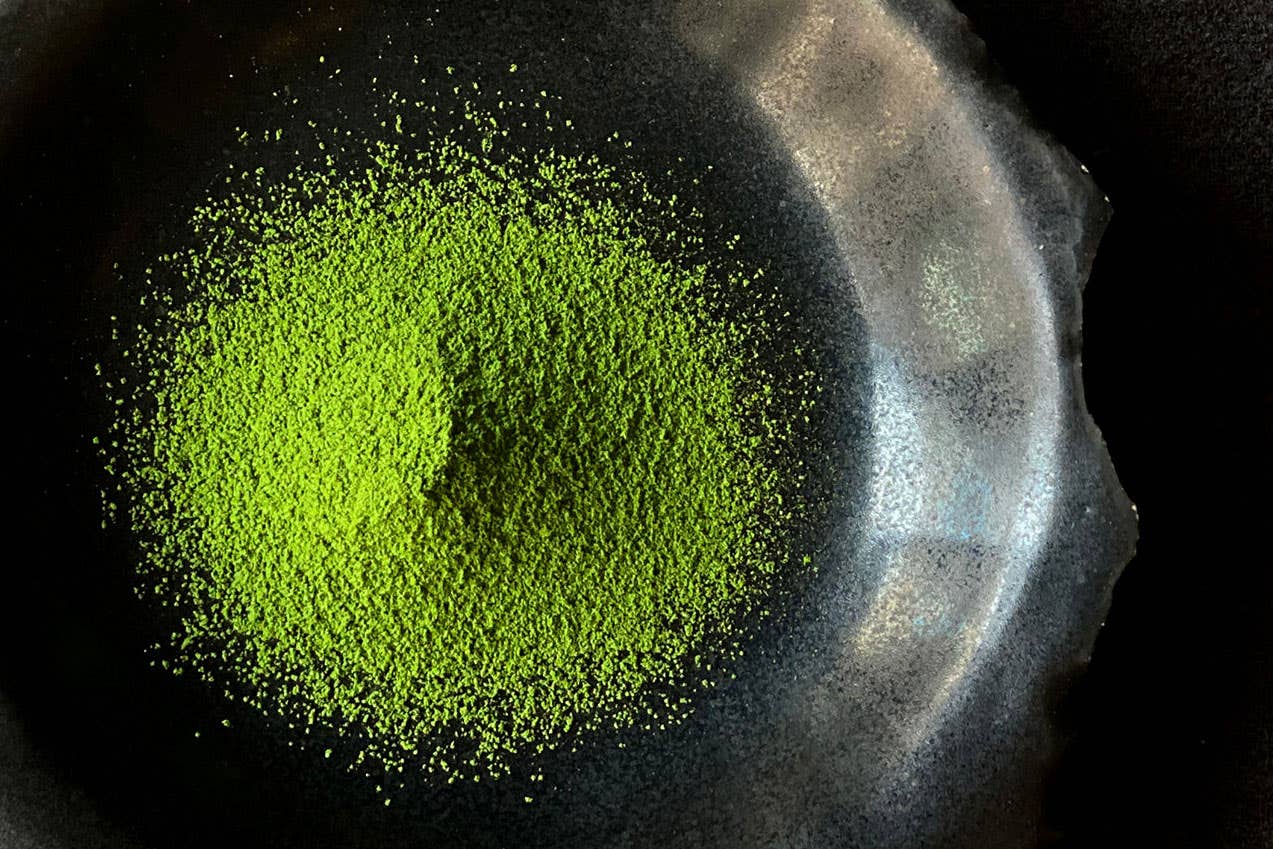
At age 17, Tomoko Yagi started learning sado, the Japanese tea ceremony traditions that involve preparing and presenting matcha. That was years ago, but “still now there are a lot of things to learn,” she says. Yagi is the founder of Cha-an Teahouse in New York City, which features matcha in traditional forms and innovative iterations.
Since she opened her teahouse in 2004, the market for matcha powder and matcha beverages has exploded. In Japan, tencha production more than doubled between 2009 and 2019, partially in response to the growing global demand for the matcha powder that comes from ground tencha. In the United States, matcha lattes have popped up on café menus across the country, powder has garnered significant shelf space in grocery stores and wellness centers, and Google’s beverage trend reporting documents a massive increase in online searches for the bright green powder.
But with a rise in demand and a flood of brands capitalizing on matcha’s popularity, securing high-quality, fresh matcha has become more difficult even as matcha powder is more available than ever. Yagi sources Cha-an’s matcha and green teas directly from Japan. But if visiting her teahouse (or Japan) isn’t possible, you’re not out of luck.
We turned to some of our favorite industry professionals–including matcha fanatics savoring it at home and the chef of a Michelin-starred restaurant using it in the kitchen–to find out their favorite online sources for matcha. We also asked the most meticulous purveyors what matcha they’re drinking right now and what they’d recommend for those just starting to explore matcha. Particularly when you can’t sample, smell, or touch matcha, trustworthy sources are even more important. Here are the best matcha powders for a variety of uses, whether you’re just getting started, looking for one of the freshest sources in the U.S., or hoping to find a rare award winner.
Our Top Picks
- Best Thin (Usucha): In Pursuit of Tea Wako Thin Tea Grade Matcha
- Best Thick (Koicha): Kettl Tea Kiwami Matcha
- Best Freshly Ground: Setsugekka NY House Ground Matcha
- Best Splurge: Tea Dealers Competition Winner Asahi No. 4001 Matcha
- Best for Beginners and Bakers: Kettl Hukuji Matcha
- Best Instant Latte: Cuzen Matcha Organic Matcha Leaf Packet
Best Thin (Usucha): In Pursuit of Tea Wako Thin Tea Grade
Best Thin (Usucha)
Flavor: “vegetal, bittersweet, creamy” | Sourced from: the Uji Region, Japan | Size: 20 grams or 100 grams | Good for: Usucha (thin tea)
What We Like
- From a producer that began making tea in the late 1600s
- Comes in a metal canister
- Subscribe to In Pursuit of Tea’s newsletter for 15% off an order
Worth Noting
- Harvested Spring 2020
- It’s not possible to buy a sample size
Why we chose it: This heritage matcha is sourced from a producer that’s made tea since the 1600s in the region most well known for matcha.
Dan Q. Dao first tasted matcha in a Starbucks Frappuccino years ago. “I truly thought it was heaven,” he says. Since then, he’s tried all sorts of matcha powders and preparation styles, traveled to Japan to see matcha production first-hand and, as the founder of District One, now consults for several tea companies. One of those brands is In Pursuit of Tea and he’s become particularly fond of their thin tea grade matcha powder. (As someone who has purchased a number of teas from this retailer, I’m also consistently impressed by the quality of their offerings.)
This powder comes from Marukyu-Koyamaen, a producer that began making tea in Ogura, Uji in the late 17th century. Still family owned, Marukyu-Koyamaen is a national award-winning matcha maker. This powder is “balanced and bittersweet,” according to the retailer, and thus it’s particularly perfect for usucha, the thinner of two traditional styles of matcha preparation.
Best Thick (Koicha): Kettl Tea Kiwami Matcha
Best Thick (Koicha)
Flavor: “dark chocolate, sweet grass, fresh cream” | Sourced from: Fukuoka, Japan | Size: 20 grams | Good for: Koicha, but it can also be used for usucha or iced matcha
What We Like
- This is Kettl Tea’s number one selling matcha
- Creamy flavor with a gentle nuttiness and no astringency
- Made from 100% Honzu Tencha, or leaves shaded beneath rice straw coverings
Worth Noting
- Kettl Tea receives a limited amount each month, so it’s sometimes out of stock
- High quality comes with a high price tag
Why we chose it: It’s the most popular pick from a retailer devoted to quality.
“Kiwami is hand harvested and only a small amount is produced each year,” says Zach Mangan, founder and CEO of Kettl Tea. With a “lovely cacao-like character with a deep and lasting umami,” it’s not surprising Kettl’s Kiwami has developed a devoted fan base. Fanny Singer, co-founder of Permanent Collection and author, buys Kettl tea and says the Kiwami in particular is her favorite.
The Kiwami is great for koicha, or thick tea, which has twice as much matcha powder and half the water used for usucha, and must be high enough quality to perform in that concentration. Because it’s produced in small batches and is Kettl Tea’s top selling matcha, it does sometimes sell out. Restock is the first week of the month, so there’s always a new opportunity to snag some right around the corner.
Best Freshly Ground: Setsugekka NY House Ground Matcha
Best Freshly Ground
Flavor: Not specified | Sourced from: Uji, Japan | Size: 20 or 40 grams | Good for: A variety of preparations, but to best taste freshness, use water heated to 180 degrees Fahrenheit instead of boiling
What We Like
- Stone ground on site in New York
- Rapid shipping (included in price) preserves freshness for non-New Yorkers
Worth Noting
- Currently closed, but will reopen in April
Why we chose it: This is some of the freshest matcha in the U.S.
“Once you grind a tea, you are exposing it to the atmosphere and this will degrade it, so it’s best to have it fresh,” explains Nissan Haque, a Kintsugi artist who also works at T Shop in New York. As the weather warms, he’ll visit Setsugekka to enjoy the matcha they grind fresh every spring. “It’s quite a treat,” he says. It’s also quite rare. Even in Japan, as Setsugekka’s site explains, “It is really difficult to find a teahouse where you can enjoy freshly ground matcha even in Japan because a stone grinder is normally installed in a plant of a tea company.” Fortunately, the company has imported one from Uji.
According to their website, Setsugekka’s tea house and online shop are closed until late April. But non-New Yorkers aren’t out of luck. When they reopen, ordering their freshly ground matcha includes overnight shipping in an insulated bag with ice packs for super fresh and super fast matcha. Set an alert on your phone for next month to try this unique offering.
Best Splurge: Tea Dealers Competition Winner Asahi No. 4001 Matcha
Best Splurge
Flavor: “Dark chocolate and peony fragrance, perfectly balanced taste of refreshing bitterness, umami, and a long floral aftertaste” | Sourced from: Uji, Japan | Size: 20 grams | Good for: Koicha
What We Like
- Competition matcha is the absolute top of the line in terms of quality and complexity
- Comes from one cultivar from a single lot
- Makes for a thoughtful and luxe gift for the matcha lover in your life
Worth Noting
- Such a rare matcha comes with an high price tag
- Once it sells out, it’s gone
Why we chose it: An extremely rare matcha perfect for seasoned palates and deserving of its celebratory status.
Grown by the Ota family in Uji, this matcha beat out several hundred other entries in an incredibly prestigious 2019 competition to earn the top spot. At auction, Tea Dealers’ founder Stefen Ramirez won the only 150 cans available in the world and has been enjoying drinking it and sharing it with his customers. “It is both an honor and a thrill to win the bid in a competition tea amongst some of the most renowned Japanese tea brands in the world,” he says. “This auction is where these brands also source the single cultivars for their highest grade teas. They will most likely blend it with other teas, whereas we keep it pure to respect the hard work of the farmer.”
This is best enjoyed as koicha, or thick tea, which Ramirez describes as “the ultimate test of quality of any matcha since it has to be able to shine and be palatable in such a condensed form.”
Best for Beginners and Bakers: Kettl Hukuji Matcha
Best for Beginners and Bakers
Flavor: “hazelnut and cacao” | Sourced from: Fukuoka, Japan | Size: 100 grams | Good for: Lattes and iced matcha, baked goods
What We Like
- High grade but meant for blending
- Silky texture
- Perfect for baking and sweets; Kettl uses it for their matcha chocolate
Worth Noting
- Not available in a smaller size
Why we chose it: This is a versatile, affordable matcha ideal for everything from matcha lattes to matcha cookies.
Matcha lattes and iced matcha are common entry points into matcha drinking. While Kettl caters to serious matcha drinkers, they also have a whole section for people just getting started. “I think the key to selecting a matcha is to know how you will use it,” says Mangan, of Kettl Tea. He highly recommends their Hukuju for those exploring matcha and drinking it blended in lattes or iced. According to Kettl Tea, the mild nuttiness of this matcha works well with a variety of milks, particularly oat. It’s also what Kettl uses for their matcha chocolate, though it’d be great for cookies or a cake glaze.
There’s no need to rush to the most expensive matchas, says Mangan, even if you’re drinking matcha more traditionally; “I recommend building your palate by experiencing the depth and breadth of our matcha at each price point.”
Best Instant Latte: Cuzen Matcha Organic Signature Matcha Leaf Packet
Best Instant Latte
Flavor: “balanced and full-bodied” | Sourced from: Kagoshima Prefecture, Japan | Size: 20 or 60 grams | Good for: Matcha lattes and spritzes
What We Like
- Shade-grown organic tencha leaves sourced from a small family operation
- Companion matcha maker is perfect for a delicious start to a rushed morning
- Cuzen offers a subscription model to save 15% on matcha and a generous student discount on the machine itself
Worth Noting
- This does not come as powder, the matcha maker grinds the leaves directly and is therefore essential
- It’s a spring and summer harvest, but their Premium Matcha is 100% spring harvest
- COVID has slowed down shipping, which currently stands at 7 days for the West Coast and 14 for the East Coast
Why we chose it: This matcha and matcha maker is beloved by the chef behind SingleThread, which has three Michelin stars.
Husband-and-wife duo Kyle and Katina Connaughton are behind SingleThread, a hybrid inn, farm, and three Michelin-starred restaurant. She’s a farmer; he’s a chef. Given their attention to fresh, well-sourced ingredients, we were curious what kind of matcha they use. Chef Connaughton, who trained in Japan, says they’ve stocked each guest room with a Cuzen matcha maker, which stores, grinds, and whisks tencha into a shot of three varying strengths. SingleThread uses Cuzen’s matcha in their restaurant kitchen, too.
“For cooking we love to use matcha for its more savory, high umami properties,” says Connaughton. The Cuzen has a grind-only mode to produce powder instead of a shot. “In the kitchen, we have a salt that we simply refer to as ‘magic salt’ which combines finely ground sea salt, Cuzen’s matcha, konbu powder, and dried yuzu powder to dust on raw fish, grilled seafood and vegetables, and tempura fried items.” Cuzen recommends their Signature Matcha for lattes, mixed drinks, and the more umami-rich Premium Matcha for drinking straight. Instead of arriving as a powder, the leaves are ground in the Cuzen matcha maker’s ceramic mill in order to maximize freshness.
How We Chose These Products
We sought out experts in the field, asking some of the most meticulous sourcers what they are loving these days on a personal level and what they’re finding most popular among their clientele. We also turned to matcha lovers we trust in the food and beverage industry. We assessed quality, brand or retailer reputation, price, and how much information is provided about origin. We also looked for matchas to meet a variety of needs, from newbies and bakers to seasoned matcha drinkers.
Features to Keep in Mind When Shopping for Matcha Powders
Source
“Freshness and origin are important,” says Yagi, of Cha-an Teahouse in New York City. She sources directly from Japan. “Japan is really the only place that has the unique techniques, history and industry to support high grade matcha production,” says Mangan, of Kettl Tea. “While other countries sell high-quality teas, their matcha, while powdered, currently cannot compare to Japan.” However, buyers should look for more than just confirmation that it comes from Japan. “The more detail the better: A specific region—look for Uji, Yame, or Nishio. If there are details about the grower, that is a very good sign.”
That said, Tea Dealers, whose work we love, carries some Korean matchas. They “represent Song Dynasty era powdered teas [that served as] the precursor to Japanese matcha,” Ramirez explains. They have a different taste and production style than Japanese matcha. “This selection always brings up the discussion of what really qualifies as matcha,” he says. “Since there is no official denomination of origin for matcha, like in the case of Champagne, the term is very ambiguous and has created a lot of confusion for the consumer.” If you’re getting matcha from outside of Japan, only use a dealer with a tightly curated edit whose selection and reputation you trust.
Texture and Grinding
Look for finely ground powder and matcha that is stone ground. “Even with modern technology, stone grinding matcha is still the best way to make matcha because the slow rotation of the heavy millstones produces the least amount of friction,” says Ramirez. “Excess friction creates heat that will destroy the delicate aroma and flavor particles in fresh matcha.” Quality matcha is finely grounded and smooth.
Color
“The color should be a deep fluorescent green, says Ramirez. “If it has yellow or brown tints, it is very low quality.”
Aroma & Flavor
“When looking for matcha the aroma in the can should be strong, fresh, and expressive,” Ramirez says. “The taste should never be bitter. The whole purpose of matcha is to shade the leaves long enough to produce an overabundance of sweetness in amino acids.” Tasting notes and aromas listed on the website are a great way to learn more about a particular matcha’s flavor profile.
Ask the Experts
Q: What is matcha powder made of?
Matcha powder comes from specially grown and processed green tea leaves. The process is labor intensive and involves shade growing, then steaming, shaping and drying the leaves before they are ground into powder.
Q: How much caffeine is in matcha powder?
According to Healthline, matcha has between 19 and 44 milligrams of caffeine per serving. It’s a popular alternative to coffee because it contains L-theanine, an amino acid known for its calming effect. Many matcha fans like that they can get caffeine without the jitteriness that often comes with a cup of coffee.
Q: Does matcha powder expire?
Yes. Matcha should have a sell by date and come in a resealable bag or tin. While it’s tempting to store the powder in a clear glass canister to show off its beautiful color, Yagi notes that tea (including matcha powder) should be stored in opaque containers. After it’s open, place the canister or bag in the refrigerator inside a Ziplock to keep it fresh and prevent food odors from being absorbed by the matcha. (If you’re going to drink the matcha within two weeks, a cool, dark, and dry place works instead of the fridge.)
Q: Does matcha powder have sugar?
Nope. But if you’re buying a matcha-flavored beverage or a matcha latte, there might be sugar added.
Our Take
A ceremonial drink now also enjoyed in an everyday setting, quality matcha deserves reverence and respect. The best matcha showcases the importance of traditional methods and meticulous processing. Finding a trustworthy source is essential for procuring fresh matcha that allows subtle aromas and unique flavors to shine.
Keep Reading
Continue to Next Story
